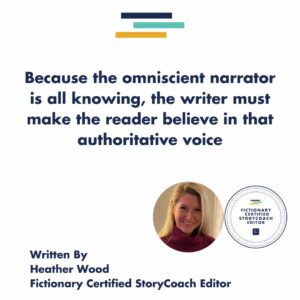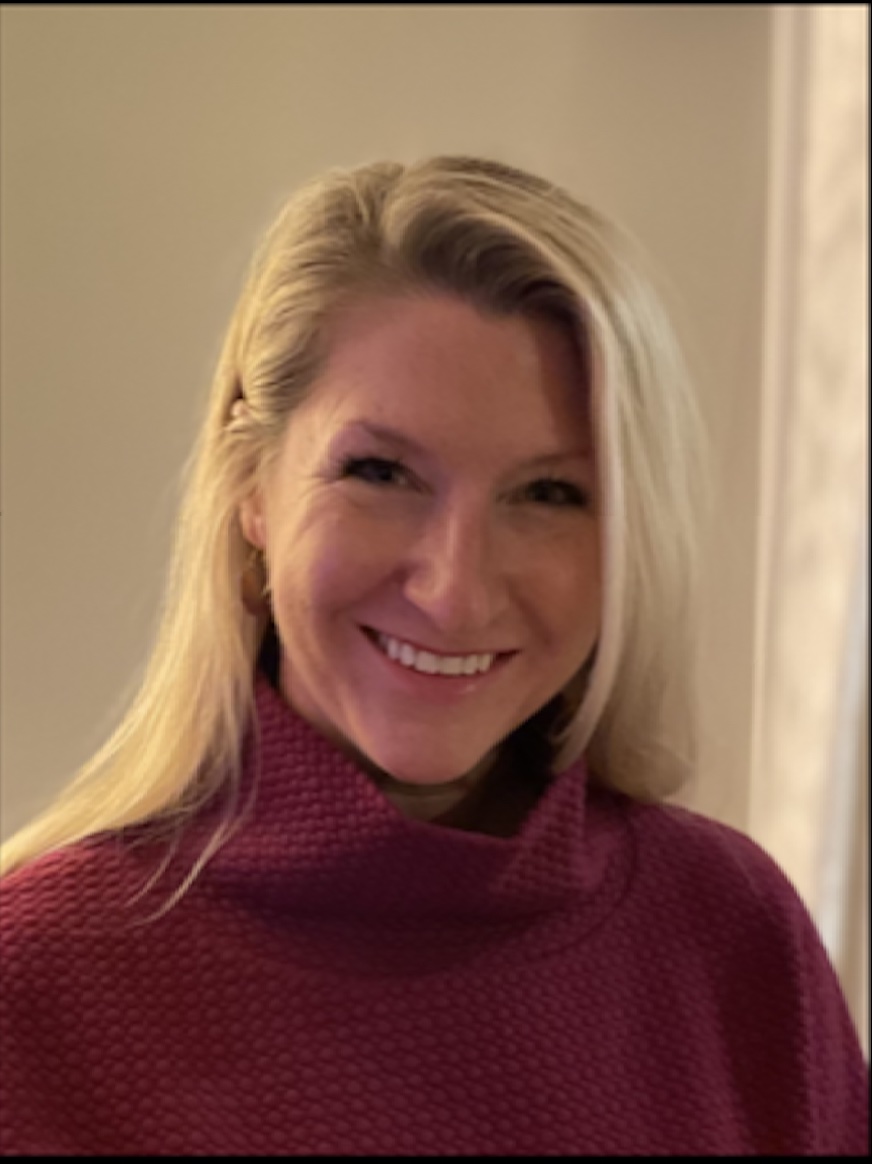
Writers often debate where stories come from, though we have all heard the advice, write what you know. But what if you want to write a great story with an omniscient narrator, and don’t know how to do it?
Don’t worry.
I’ve got you covered.
Back to stories…
Some writers believe stories exist in the ether, waiting for that one writer to catch them in a moment of inspiration and put words to the page. Some writers believe stories are built from a more concrete place of construction, piece by piece, no ethereal bodiless stories floating in the air.
Both methods and perceptions are legitimate processes.
The varied perception of how the story is formed makes for interesting debates that deepen the conversation of craft. Writer viewpoints may differ, but the end game of a well told and engaging story is the same.
Characters are no different, in that they each might view the story being told in a different way depending on how they experience the events of the story.
The writer’s job is to discover not only whose story it is, but who gets to tell it, and how.
Will your point of view character be a:
- First Person Narrator,
- Second Person Narrator,
- Third Person Limited Narrator, or a;
- Third Person Omniscient Narrator.
This choice for the writer depends on understanding point of view.

A story can be told in the following points of view
First Person Point of View
In first-person point of view one character narrates, telling the story from the “I” pronoun.
Kazuo Ishiguro writes his novel, Never Let Me Go from the voice of Kathy, a young woman recounting the unusual events of her friendships and childhood.
Charlotte Bronte also uses the first-person point of view in her novel Jane Eyre, where the titular character Jane recounts her own version of her childhood.
Both novels allow an intimate connection between the reader and the narrator who recounts the story in their own words.
Second Person Point of View
The second person point of view tells the story through the use of the “you” pronoun.
The Night Circus, by Erin Morgenstern uses second voice and brings the reader into the magic of a mysterious circus by using the pronoun you throughout the story.
The reader becomes more intimately involved as a character in the story when this point of view is used.
Find more information about stories told in the second person point of view here https://fictionary.co/journal/great-stories-written-in-the-2nd-person-pov/
Third Person Limited Point of View
The third-person point of view tells the story from the “he/she/they” pronouns.
Third person point of view can be told in a limited viewpoint where the narrator follows one or multiple characters. This point of view creates some distance between the reader and the characters, a quality the careful writer can use to their advantage when telling stories.
Fahrenheit 451, by Ray Bradbury is a great example of this.
Bradbury’s narrative closely follows Montag, a firefighter who must make moral decisions about the absolute authority under which he has existed.
1984, by George Orwell, also invites the reader to consider big questions of government power as he follows Winston’s story from a third person limited view. Because readers only see what Winston sees, they are just as surprised as he is when they find out what is in Room 101.

Third Person Omniscient Point of View
Third person point of view can also be told by an omniscient narrator, allowing the reader access to all characters.
By allowing complete access to characters and events, the reader may not become as intimately connected to one character, however they can experience the story in a depth the limited perspective does not always allow.
Ian McEwan surprises readers at the end of the novel, Atonement, with a twist that reveals the importance of that authorial voice in which the story is told.
What is Omniscient Point of View?
An omniscient narrator tells the story from the god-like, all knowing perspective. This viewpoint is the most flexible, but also arguably the most difficult to write. The narrator in this point of view understands internal character thoughts, motives, and events in the story.
The omniscient narrator differs from the third person limited, where the story is told primarily from the perspective of one to several characters. The restricted view of the story in third person limited creates tension in what each character does or does not know.
However, the omniscient narrator also allows the writer to control tension in the story by choosing which images and characters to show the reader.
The narrative power lies in the access the omniscient narrator has to all parts of the story, making this voice feel authoritative and intimate for the reader.

Writing the Omniscient
Writing with the authoritative voice of omniscient point of view requires skill.
New writers are often warned of the dangers existing in writing the omniscient poorly, namely head-hopping.
Head-hopping happens when the point of view shifts quickly and indiscriminately, causing confusion for the reader. The skilled writer of an omniscient narrator avoids head-hopping by moving between different characters’ viewpoints with intention and purpose.
Read more on how head-hopping reduces tension here https://fictionary.co/journal/point-of-view-why-head-hopping-reduces-tension/
Some reasons for an omniscient narrator to shift character view within a scene:
- Show multiple perspectives in an action scene
- Create tension in a scene
- Expand the scope of the scene
To craft a strong story in the omniscient point of view, most writers will need to plan carefully.
Because the omniscient narrator is all knowing, the writer must make the reader believe in that authoritative voice. This believability comes when the writer shows how well they know their characters and the deep understanding the writer has of the world in which their characters exist.

Conclusion
Whether writers seek inspiration through the muses, craft story from well researched notes, or write with a variation of both methods, their stories will have maximum impact for the reader when they make creative decisions around who gets to tell the story, and from which viewpoint.
Article Written by Heather Wood
 By combining my experience of teaching writing at the secondary level with a Fictionary StoryCoach Edit, I will help you strengthen your story while honoring the care and effort you have dedicated to your art.
By combining my experience of teaching writing at the secondary level with a Fictionary StoryCoach Edit, I will help you strengthen your story while honoring the care and effort you have dedicated to your art.
Want to be part of a writing and editing community with kindness at its heart?
Do you know about the free Fictionary community? We’re connecting writers and editors who all speak the same story editing language.
You’re most welcome to join.
- Connect with other writers and editors
- Get your editing questions answered by Fictionary Certified StoryCoach editors
- Access free, live editing classes presented by editing experts
- Learn about all things Fictionary: product updates, videos, webinars, best practices


